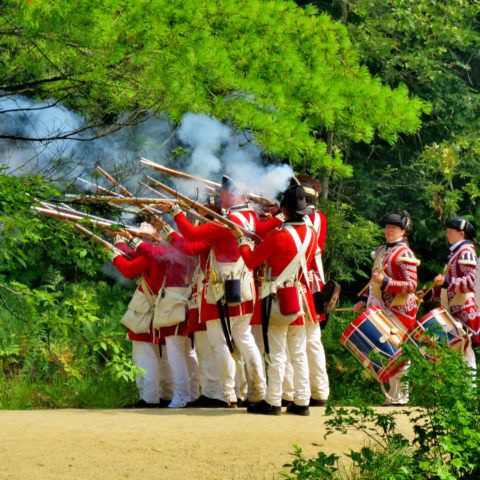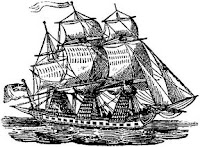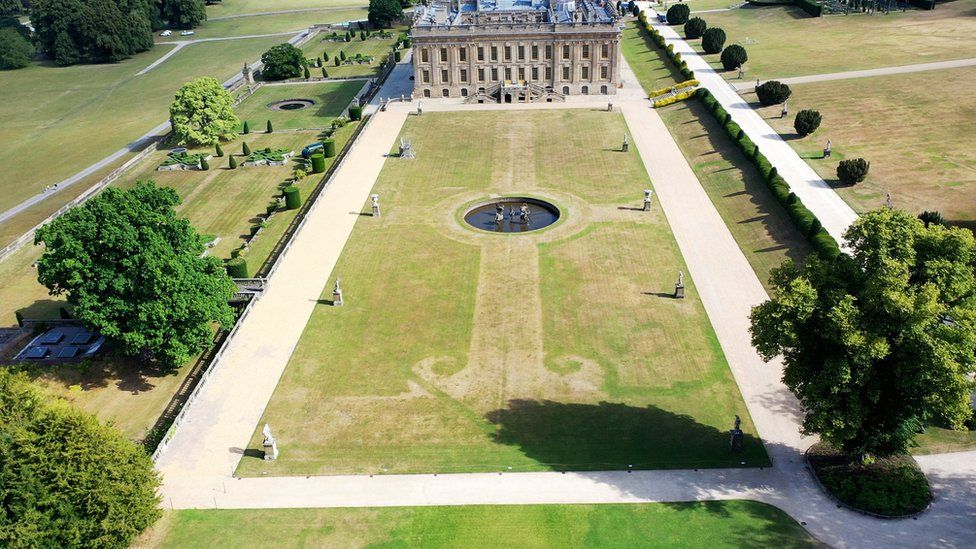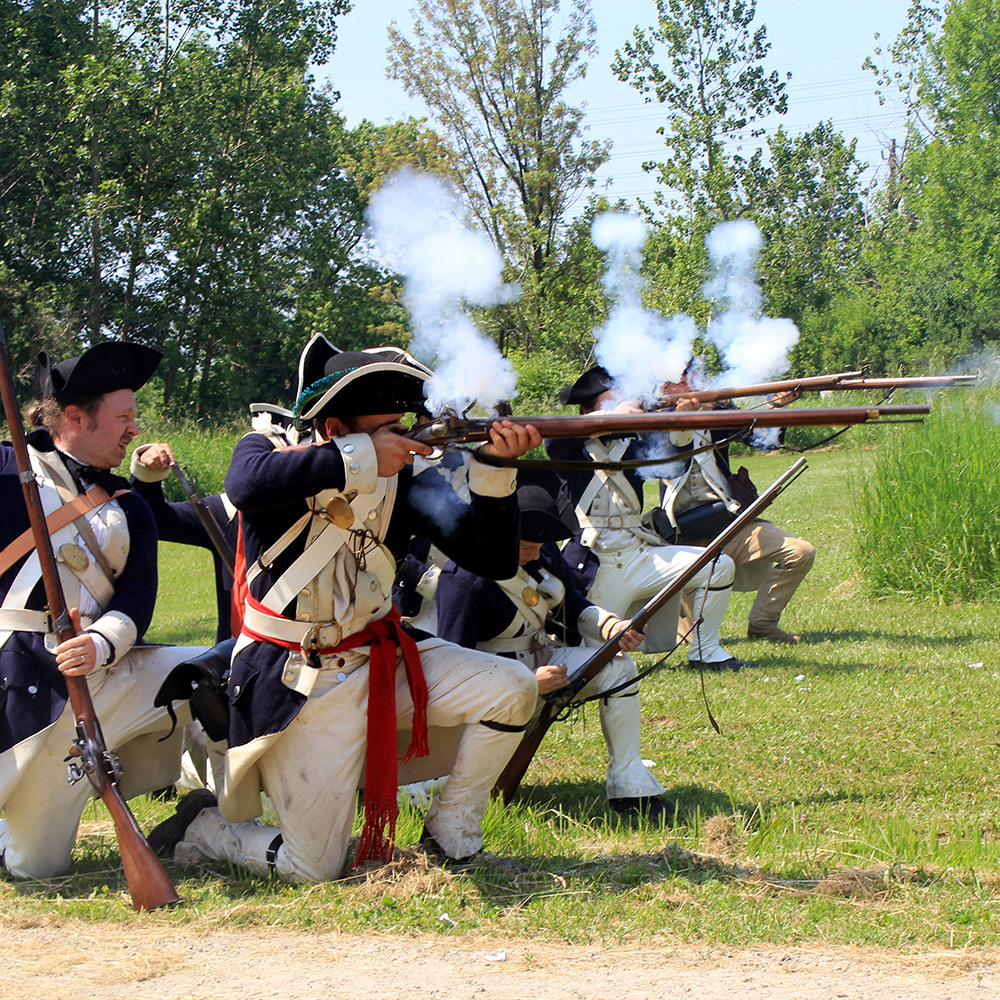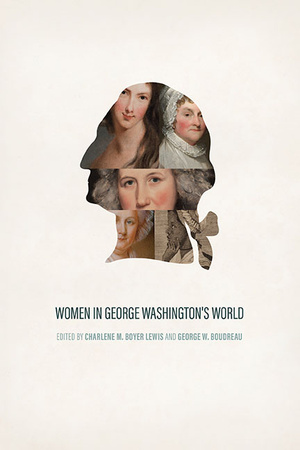I’m always interested in American Revolution stories that pop into print decades after the conflict, and I’m habitually skeptical.
I’m especially skeptical about a genre of nineteenth-century stories I call “Close Encounters with
George Washington.”
These tales describe how the person telling the story, or the narrator’s ancestor or local hero, had a genuine, one-on-one, meaningful interaction with the great Washington.
The general might dine at the family estate, or make a quiet visit to
thank the person for his otherwise undocumented service to the republic. Or ask for help
exercising by jumping rope. Or listen to a
lesson about Hanukkah.
Some of these tales are laughable, others plausible but unproven. A few even have solid evidence behind them.
Therefore, when I first read
Benjamin Galloway’s story about how George Washington reacted to a Crown official’s threat to suppress colonial tax resistance after the
Gaspee affair, I was full of doubts but open to evidence.
It turned out that, as I
recounted yesterday, Galloway was notorious in Hagerstown, Maryland, for writing to the newspapers. He had a lot to tell people. The
two versions of his anecdote that come down to us appeared as newspaper dispatches.
Galloway also had a lifelong need to prove his patriotism because he had declined to serve Maryland as attorney general during the Revolutionary War and then took strong political stances, thereby attracting lots of opponents happy to impugn him. What better way could Galloway prove his deep-founded patriotism than by associating himself with Washington?
Galloway wrote
one surviving letter to President Washington, in 1792, seeking a federal job for a mutual acquaintance. In that letter Galloway didn’t introduce himself, suggesting he and Washington had already met. On the other hand, the text doesn’t hint at any friendship. (In contrast, Galloway kept up a
long correspondence with
Thomas Jefferson, whom he supported.)
After considering the source of an anecdote, I turn to internal details. Both versions quote Washington around the start of 1773 threatening to stop a redcoat column with “the Virginia riflemen alone!” Was that even a thing? Or, in less modern terms, was the phrase “Virginia riflemen” established by that time? I found no examples in newspapers or Founders Online before the war.
In June 1775 the
Continental Congress voted to recruit rifle companies to augment the
army outside Boston even before it appointed a commander-in-chief—suggesting that idea had come from Washington, head of the committees on military matters. The majority of those riflemen came from Pennsylvania, however. When Gen. Washington became the
first person in Founders Online to use the phrase “Virginia rifle men” in late 1776, he was distinguishing that state’s companies from the rest. The phrase really spread in the early 1800s, when Galloway told his story.
Beyond phrasing, there’s the larger question of whether George Washington would have blatantly threatened to take up arms against
Edward Foy, secretary to royal governor
Dunmore.
According to Jefferson, writing around the time Galloway shared his story, Foy “was believed to be the chief instigator of all [Dunmore’s] violences, and being very ill-tempered, haughty & presumptuous, was very obnoxious.” But that reputation might just have made Foy a convenient foil in Galloway’s narrative.
Back in April 1769, Washington had written to his friend
George Mason about the possibility of armed conflict with the British government:
At a time when our lordly Masters in Great Britain will be satisfied with nothing less than the deprivation of American freedom, it seems highly necessary that something shou’d be done to avert the stroke and maintain the liberty which we have derived from our Ancestors; . . . That no man shou’d scruple, or hesitate a moment to use a–ms in defense of so valuable a blessing, on which all the good and evil of life depends, is clearly my opinion; Yet A–ms I wou’d beg leave to add, should be a last resource, de[r]nier resort.
Washington was thus ahead of most of his fellow colonists in discussing that contingency. But still he was disguising the word “arms.” In contrast, in Galloway’s anecdote Washington was, though politely and conditionally, threatening military resistance to his
king’s troops—and his royal governor’s top aide.
Finally, in evaluating tales like this, I always look for the earliest versions and then for specific details, sometimes seemingly extraneous, that come with them. Are those details testable? Do they support or undercut the source’s credibility?
In this case, Benjamin Galloway actually included a lot of details ready to be confirmed or refuted.
TOMORROW: The circumstances.

